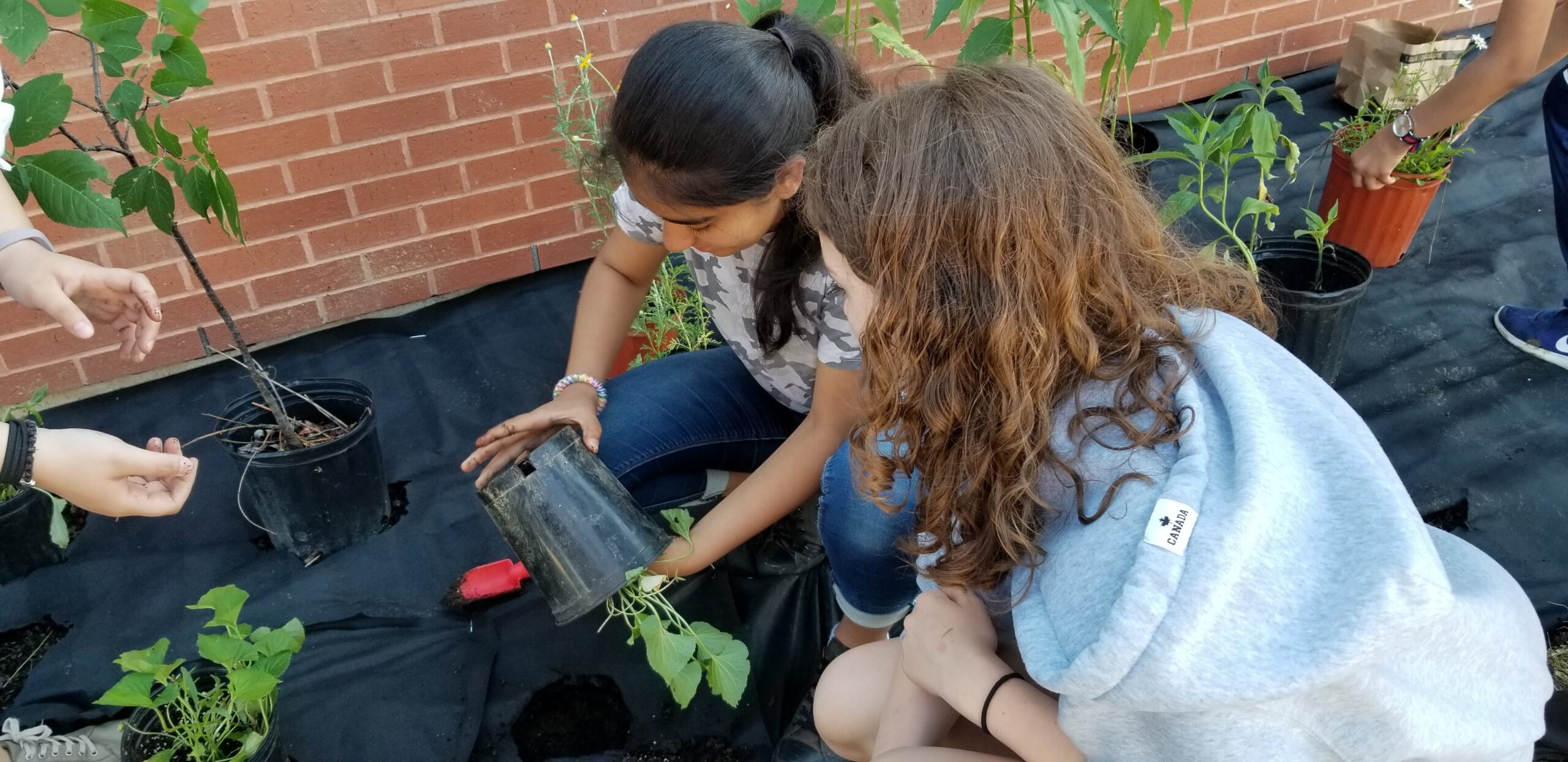Plant for Wildlife
Create new habitat in your schoolyard that provides food and shelter for wildlife and improves ecosystem connectivity and resilience.

Create new habitat in your schoolyard that provides food and shelter for wildlife and improves ecosystem connectivity and resilience.
Every day, we are witnessing the impacts of biodiversity loss and climate change. The next decade is critical for the future of the planet, and so is the role that students can play. The path we’re on is reversible if we act now, and if we use one of the most effective tools around: nature. One nature-based climate solution that educators like you can lead with students in your very own schoolyard is planting native plants or trees for wildlife!
There are many ways to build or enhance habitats using native plants that give students the opportunity to support local wildlife. WWF’s Plant for Wildlife guide suggests a variety of planting ideas and gives tips for implementing them. Whether you want to grow a pollinator meadow, a container garden, a productive veggie patch or an Indigenous reconciliation garden, we’re here to help you achieve your goals. Connecting classrooms to the local ecosystem is a way to show students how they can be a force of good for nature. From there, we can imagine and work towards a future where nature and people thrive together.
Once you and your students have completed your Action Plan for Wildlife, follow these steps to get your native plants and trees off to a good start and keep your habitat for wildlife thriving!
Getting students outside to plant native plants and restore habitats has numerous benefits, including improving mental health and well-being. Students will also learn about local biodiversity, species at risk and climate change.


Help protect threatened species and their habitats.